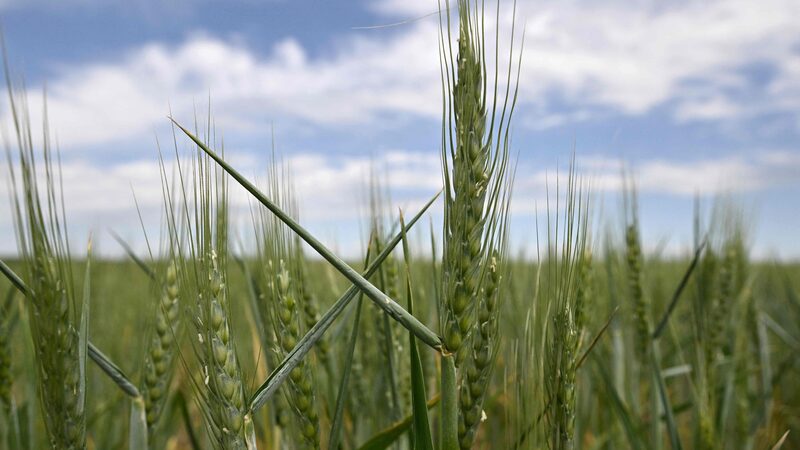In a groundbreaking fusion of history and science, researchers from the Chinese mainland and the UK have unlocked the genetic blueprint behind Gregor Mendel’s pioneering pea plant experiments. The study, published this week, solves mysteries that have puzzled biologists since the 19th century.
The international team, co-led by Professor Cheng Shifeng of Shenzhen’s Agricultural Genomics Institute and Britain’s John Innes Centre, combined cutting-edge genome sequencing with analysis of preserved pea specimens to identify precise genetic markers for three key traits Mendel studied: pod color, pod shape, and flower position.
“This collaboration bridges centuries of scientific inquiry,” said Professor Cheng. “Mendel saw patterns—we’ve now found the molecular machinery driving them. This could revolutionize how we approach crop improvement.”
The findings validate Mendel’s prescient theories while offering farmers new tools to enhance legume resilience—a critical development as climate challenges intensify. For historians, the study provides DNA-level insights into the exact plant varieties behind biology’s foundational experiments.
As global food security debates intensify, this breakthrough demonstrates how cross-border cooperation can transform ancient agricultural wisdom into modern solutions.
Reference(s):
China-UK collaboration cracks code behind Mendel's famous peas
cgtn.com






